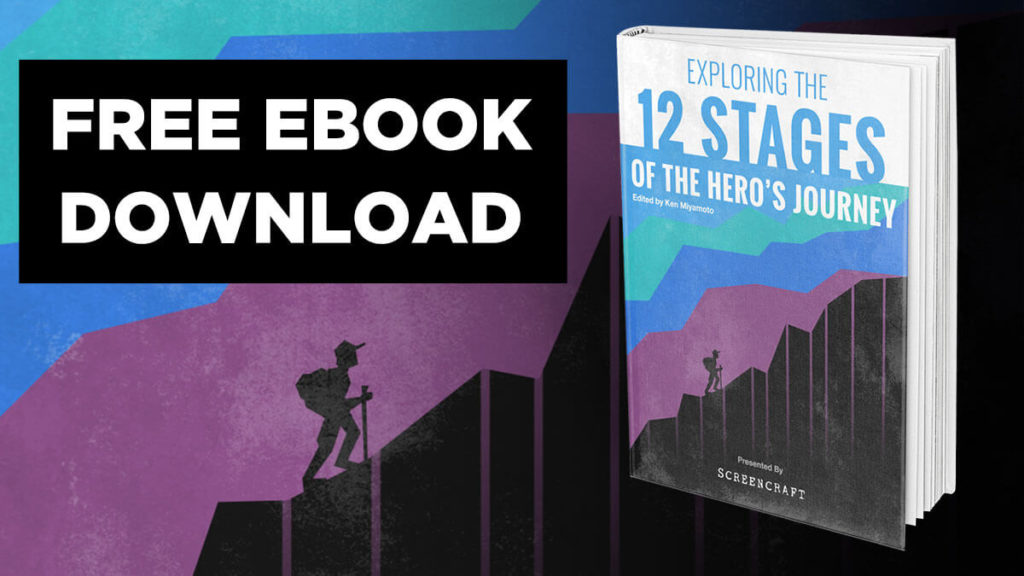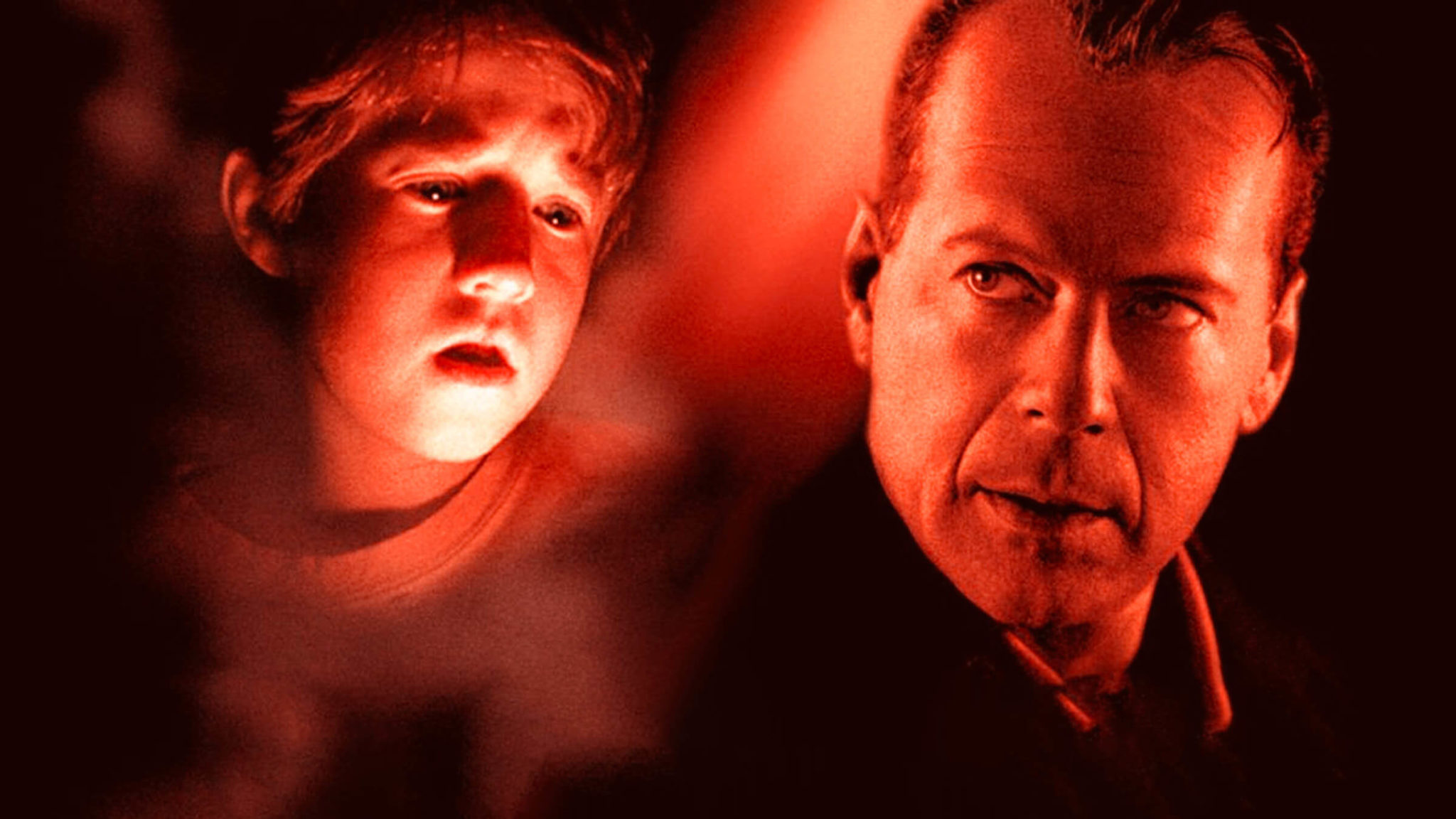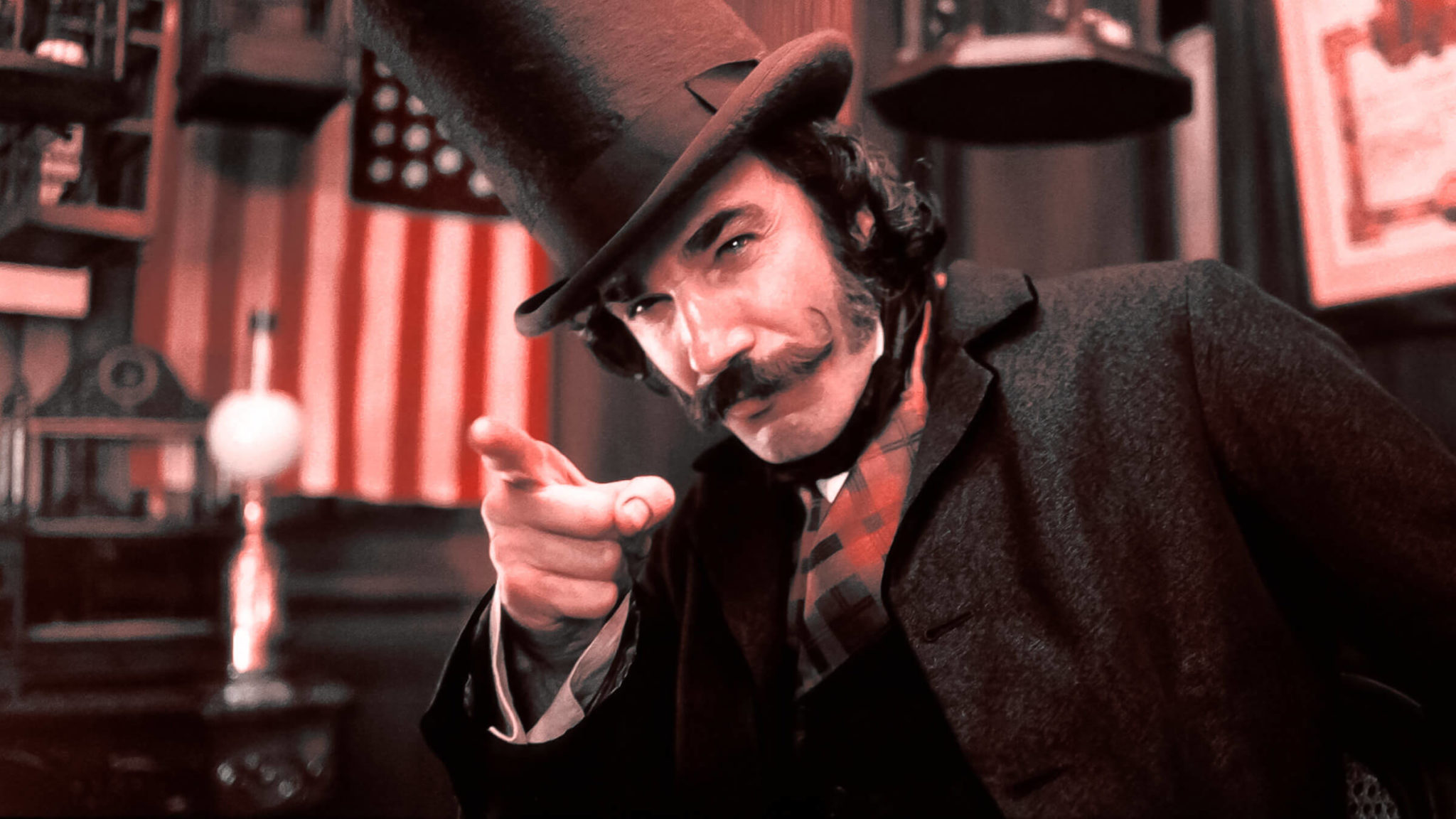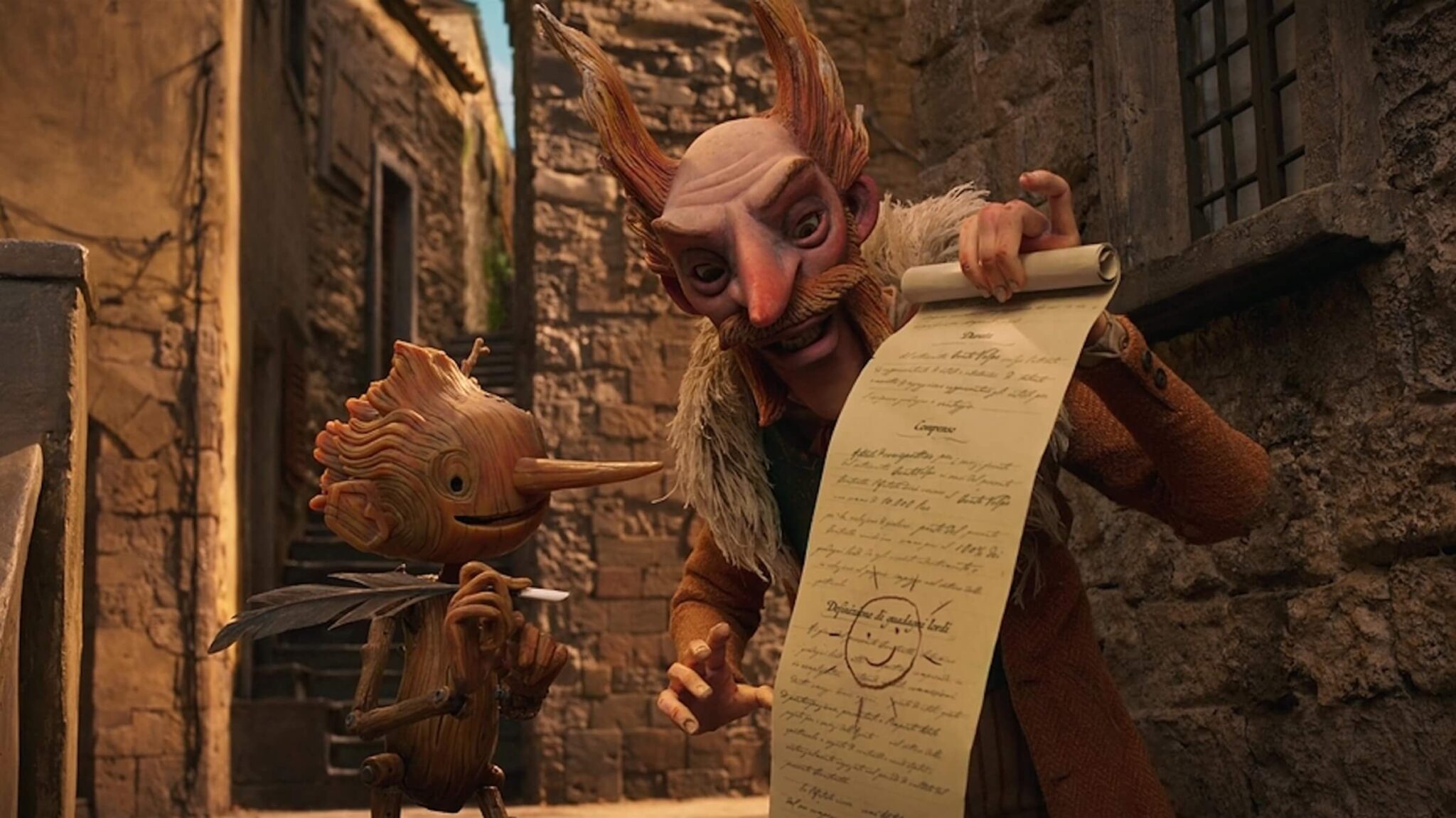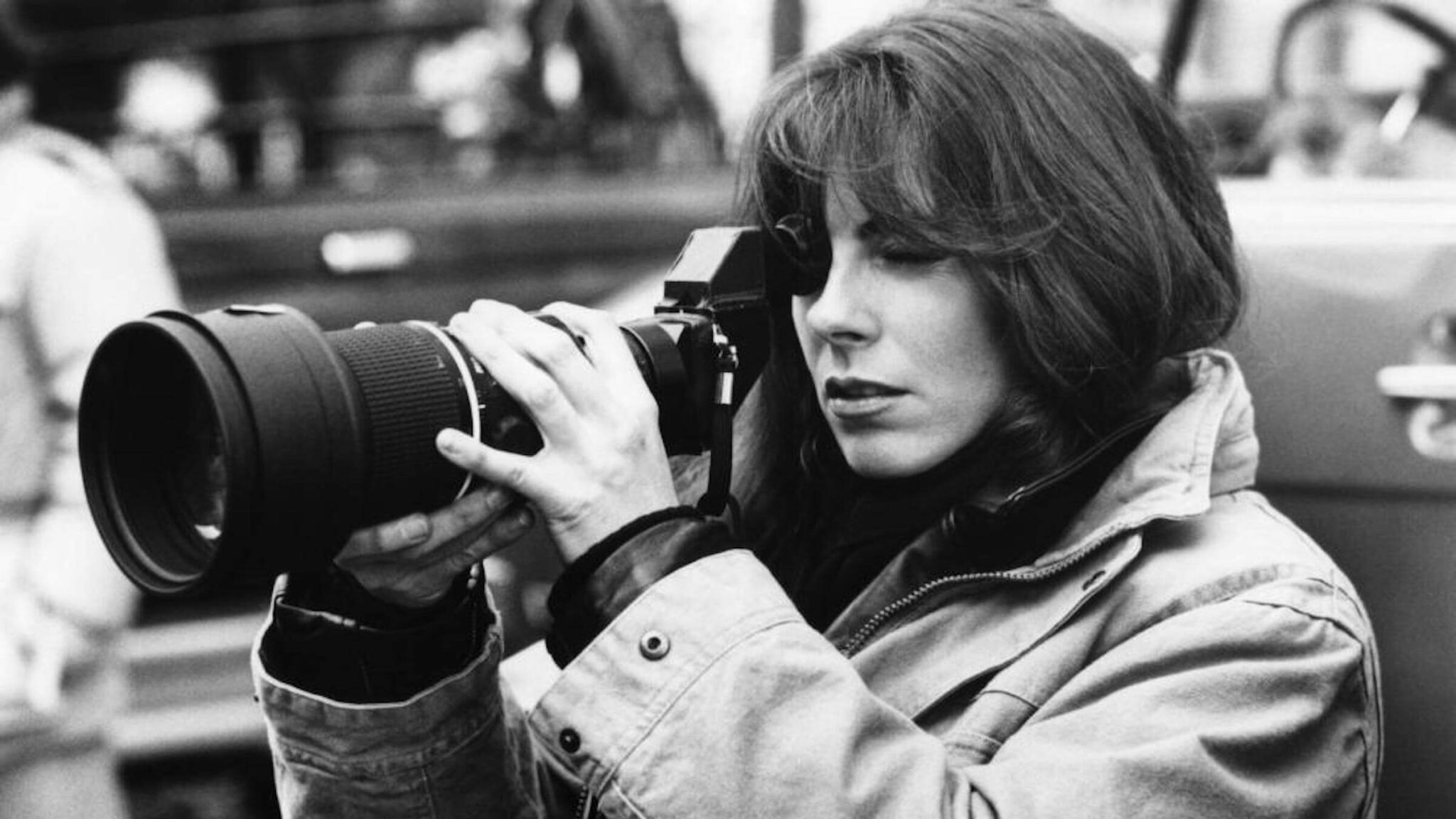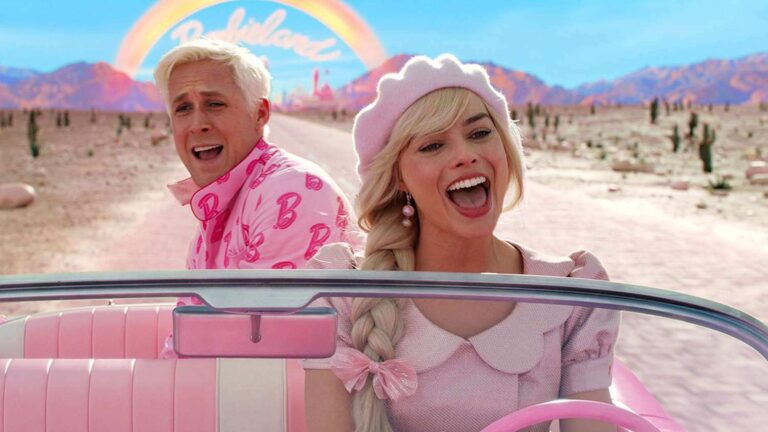Exploring the 12 Stages of the Hero’s Journey Part 10: The Road Back
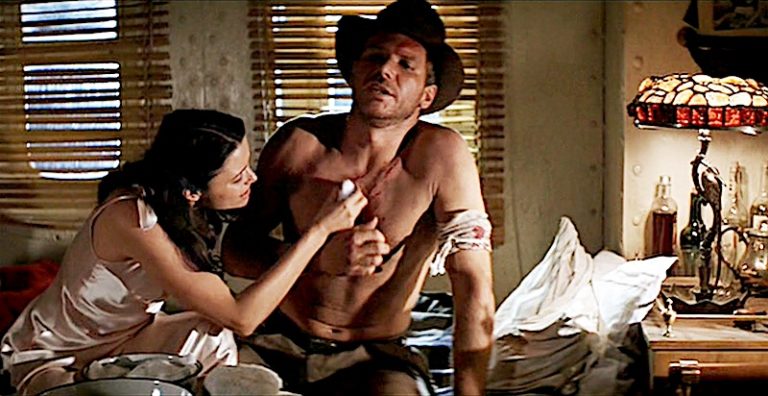
We dive into this archetypal story concept, according to Joseph Campbell's The Hero's Journey and Christopher Vogler's interpreted twelve stages of that journey within his book, The Writer's Journey: Mythic Structure for Writers.
Welcome to Part 10 of our 12-part series ScreenCraft’s Exploring the 12 Stages of the Hero’s Journey, where we go into depth about each of the twelve stages and how your screenplays could benefit from them. But first, be sure to download our free e-book while it's still available:
The first stage — The Ordinary World — happens to be one of the most essential elements of any story, even ones that don't follow the twelve-stage structure to a tee.
Showing your protagonist within their Ordinary World at the beginning of your story offers you the ability to showcase how much the core conflict they face rocks their world. And it allows you to foreshadow and create the necessary elements of empathy and catharsis that your story needs.
The next stage is the Call to Adventure. Giving your story's protagonist a Call to Adventure introduces the core concept of your story, dictates the genre your story is being told in and helps to begin the process of character development that every great story needs.
When your character refuses the Call to Adventure, it allows you to create instant tension and conflict within the opening pages and first act of your story. It also gives you the chance to amp-up the risks and stakes involved, which, in turn, engages the reader or audience even more. And it also manages to help you develop a protagonist with more depth that can help to create empathy for them.
Along the way, your protagonist — and screenplay — may need a mentor. Meeting the Mentor offers the protagonist someone that can guide them through their journey with wisdom, support, and even physical items. Beyond that, they help you to offer empathetic relationships within your story, as well as ways to introduce themes, story elements, and exposition to the reader and audience.
At some point at the end of the first act, your story may showcase a moment where your protagonist needs to cross the threshold between their Ordinary World and the Special World they will be experiencing as their inner or outer journey begins. Such a moment shifts everything from the first act to the second, allowing the reader and audience to feel that shift so they can prepare for the journey to come.
It showcases the difference between the protagonist's Ordinary World and the Special World to come. And, even more important, we're introduced to the first shift in the character arc of the protagonist as they decide to venture out into the unknown.
And it's within this unknown that the protagonist faces many tests and meets their allies and enemies — all of which define the meat of your story by introducing the conflict, expanding the cast of characters, and offering a more engaging and compelling narrative.
Once you've put your protagonist through those tests and once they've met their allies and enemies, they're going to need to Approach the Inmost Cave of the story — preparing to face their greatest fears and conflicts. This is an essential element of your narrative, allowing the reader, audience, and characters to catch their breath, reflect, review, and plan ahead for the conflict just over the horizon. And it allows you, the writer, to build the necessary tension and anticipation that you need going into the midpoint of your story.
Everything within the first act — and beginning of the second — builds up to The Ordeal, which is the first real conflict that the protagonist must face. The Ordeal is the midpoint of your story that works as a false climax, taking your protagonist to the depths of despair. It offers you the ability to create an engaging midpoint climax that takes you into the third act. It ups the stakes within your story by taking away beloved allies and mentors. And it sets up the necessary transformation that your protagonist must go through in order to prevail.
And after your hero has gone through all of that, you may want or need to reward them with something that they can use to take on the final threat they face during the climax of your story.
The Reward offers the protagonist the added boost they need to propel themselves through the conflict they face during the climax of the story where they are facing their toughest challenge — be it physical or emotional. A special weapon, an elixir, some knowledge, an experience, or reconciliation are the five types of rewards that heroes need to prevail.
Once they've attained the Reward, it's time for the hero to get on The Road Back to their Ordinary World.
But what is The Road Back and how can this stage develop your third act?
More Conflict, Higher Stakes
The Road Back is the moment of your screenplay that leads your character towards the final climax. They've survived The Ordeal, which is the midpoint of your story. They've gained a special weapon, elixir, piece of knowledge, eye-opening experience, or some form of reconciliation that they know will help them face the final conflict to come before they can go back to their Ordinary World.
This is the launching point of your third act, where you transition from the second and venture into the final stretch of your protagonist's journey.
The Ordeal is the first major conflict they face, usually written as a false climax where things change and the conflict evolves. The Road Back is where the protagonist sees the light at the end of the tunnel, but faces yet another challenge — this time with higher stakes.
In Star Wars, after Luke, Han, Leia, Chewbacca, and the droids have escaped the ordeal within the Death Star, they're on their way back to the hidden rebel base with the plans that can lead to the destruction of the Death Star.
But it's not over yet.
They're attacked by incoming TIE-Fighters. This is Luke's first confrontation with engaging enemy fighters. This is where we learn if he's going to have what it takes to become a pilot for the Rebellion. While his piloting skills aren't directly utilized, we get to see a little foreshadowing of his targeting skills.
https://youtu.be/T_OSeRxhGOY
The Road Back offers you the chance to keep the conflict coming. And when you do that, you continue to engage the reader and audience, compelling them to stay with the story.
You raise the stakes just a little bit more above those found within The Ordeal, but not high enough to eclipse the upcoming climax.
Showing the Light at the End of the Tunnel
There's sometimes a slight lull in the action or conflict between The Ordeal and The Road Back. A moment or sequence where the protagonist regroups with their allies or collects their thoughts leading into the continued hurdles and obstacles they face before the final climax.
This offers the reader and audience a chance to regroup and breathe after the action or drama of The Ordeal.
You want to give the characters some form of accomplishment and hope. And then, as any good writer should, you want to then throw even more conflict at them — just as they are about to believe that their journey is almost complete.
When you watch most films, you'll feel this shift within the story — to the point where it feels as if we've turned a page from the second act to the third.
It's Indiana and Marion in the boat with the Ark of the Covenant below in storage.
They've successfully recovered the Ark and have managed to negotiate a way to transport it. They are on the metaphorical "road back" to the Ordinary World. We see the light at the end of the tunnel. Until...
... more obstacles and hurdles.
Setting Up the Third Act
If there's a specific purpose that writers are looking for when considering using this stage of the Hero's Journey, it's all about setting up the third act.
When the hero has faced The Ordeal, they've experienced the biggest conflict of their journey thus far. But now they've managed to survive it. We need to now flip that page to the third act by introducing more conflict and upping the stakes. And even more important, we need to understand what's at risk going into the third act and eventual climax (The Resurrection).
The Road Back stage of story structure offers you the opportunity to reset and show us what has changed, how it affects the protagonist and their allies (if any), and what they have to overcome to prevail at the end.
In Raiders of the Lost Ark, Marion is once again captured and the Nazis have retaken the Ark. To make matters even worse, Indiana no longer has any allies that he can rely on to save the day. The Road Back stage of his story ends with him climbing onto the Nazi u-boat, alone.
We've turned the page to the final conflict of the story — Indiana rescuing Marion and recovering the Ark.
It's the perfect segue. It lets the reader and audience know that things are starting to wrap up and that they should prepare for the exciting, thrilling, hilarious, scary, or dramatic finale to come.
The Road Back allows the hero — and the reader and audience — to see the light at the end of the tunnel, if not for a few brief moments. It then introduces more conflict, higher stakes, and reveals everything that is at risk going into the climax of the protagonist's journey.
And remember...
"The Hero's Journey is a skeleton framework that should be fleshed out with the details of and surprises of the individual story. The structure should not call attention to itself, nor should it be followed too precisely. The order of the stages is only one of many possible variations. The stages can be deleted, added to, and drastically shuffled without losing any of their power." — Christopher Vogler, The Writer's Journey: Mythic Structure for Writers
Joseph Campbell's 17-stage Monomyth was conceptualized over the course of Campbell's own text, The Hero with a Thousand Faces, and then later in the 1980s through two documentaries, one of which introduced the term The Hero's Journey.
The first documentary, 1987's The Hero's Journey: The World of Joseph Campbell, was released with an accompanying book entitled The Hero's Journey: Joseph Campbell on His Life and Work.
The second documentary was released in 1988 and consisted of Bill Moyers' series of interviews with Campbell, accompanied by the companion book The Power of Myth.

Christopher Vogler was a Hollywood development executive and screenwriter working for Disney when he took his passion for Joseph Campbell's story monolith and developed it into a seven-page company memo for the company's development department and incoming screenwriters.
The memo, entitled A Practical Guide to The Hero with a Thousand Faces, was later developed by Vogler into The Writer's Journey: Mythic Structure for Storytellers and Screenwriters in 1992. He then elaborated on those concepts for the book The Writer's Journey: Mythic Structure For Writers.
Christopher Vogler's approach to Campbell's structure broke the mythical story structure into twelve stages. We define the stages in our own simplified interpretations:
- The Ordinary World: We see the hero's normal life at the start of the story before the adventure begins.
- Call to Adventure: The hero is faced with an event, conflict, problem, or challenge that makes them begin their adventure.
- Refusal of the Call: The hero initially refuses the adventure because of hesitation, fears, insecurity, or any other number of issues.
- Meeting the Mentor: The hero encounters a mentor that can give them advice, wisdom, information, or items that ready them for the journey ahead.
- Crossing the Threshold: The hero leaves their ordinary world for the first time and crosses the threshold into adventure.
- Tests, Allies, and Enemies: The hero learns the rules of the new world and endures tests, meets friends, and comes face-to-face with enemies.
- The Approach: The initial plan to take on the central conflict begins, but setbacks occur that cause the hero to try a new approach or adopt new ideas.
- The Ordeal: Things go wrong and added conflict is introduced. The hero experiences more difficult hurdles and obstacles, some of which may lead to a life crisis.
- The Reward: After surviving The Ordeal, the hero seizes the sword — a reward that they've earned that allows them to take on the biggest conflict. It may be a physical item or piece of knowledge or wisdom that will help them persevere.
- The Road Back: The hero sees the light at the end of the tunnel, but they are about to face even more tests and challenges.
- The Resurrection: The climax. The hero faces a final test, using everything they have learned to take on the conflict once and for all.
- The Return: The hero brings their knowledge or the "elixir" back to the ordinary world.
Ken Miyamoto has worked in the film industry for nearly two decades, most notably as a studio liaison for Sony Studios and then as a script reader and story analyst for Sony Pictures.
He has many studio meetings under his belt as a produced screenwriter, meeting with the likes of Sony, Dreamworks, Universal, Disney, Warner Brothers, as well as many production and management companies. He has had a previous development deal with Lionsgate, as well as multiple writing assignments, including the produced miniseries Blackout, starring Anne Heche, Sean Patrick Flanery, Billy Zane, James Brolin, Haylie Duff, Brian Bloom, Eric La Salle, and Bruce Boxleitner. Follow Ken on Twitter @KenMovies
For all the latest ScreenCraft news and updates, follow us on Twitter, Facebook, and Instagram.
Get Our Screenwriting Newsletter!
Get weekly writing inspiration delivered to your inbox - including industry news, popular articles, and more!

